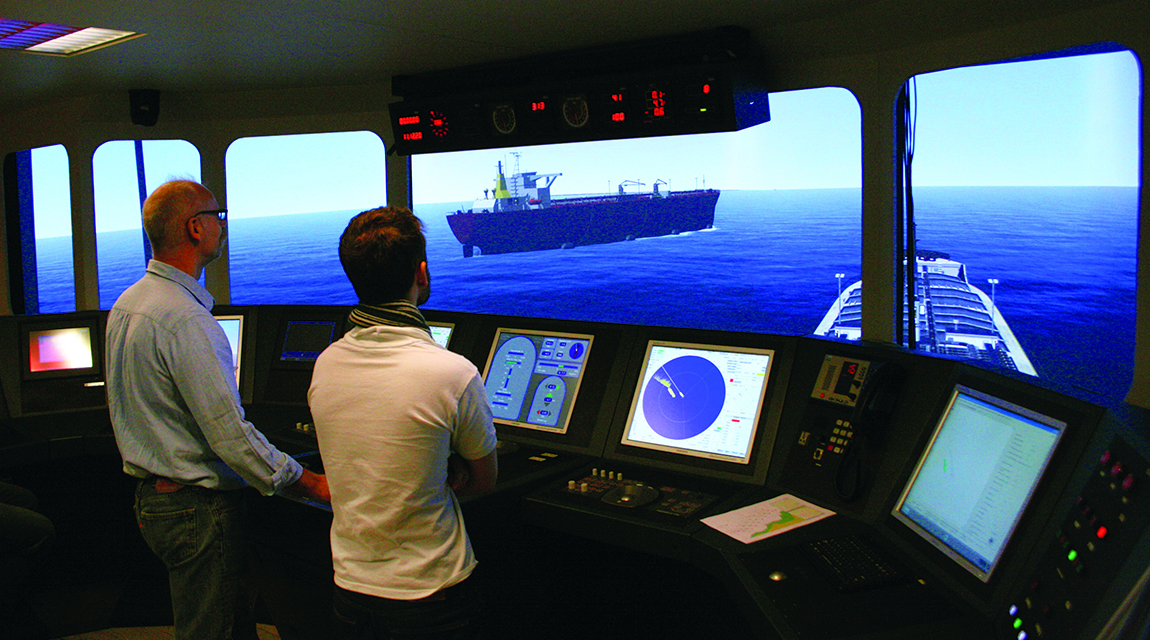Tugs in ports - what is important?
When establishing a new port or expanding an existing port, a very important task is matching the capability of the tugs to the calling ships and the port itself. This can be determined based on navigational simulations.
As the ships calling today’s ports have become bigger, the need for assistance from tugs has increased accordingly.
This is why one of the things to decide upon when establishing a new port or expanding an existing port is the necessary tug capacity (type, size and number of). If these decisions are based on simple calculations it could lead to unnecessary investments and operational costs and even unnecessary accidents.
How to choose the right tugs
By performing a simulation of the port and testing arrivals and departures we can establish what the weather limits are for the operation in question. The simulations allow us to vary the weather conditions and e.g. increase the wind and current speed in order to determine what type, bollard pull, amount and size of the tugs is necessary:
” We perform a number of different maneuvers to test the safety and efficiency of an operation. The customers always receive a well-documented suggestion, where the safety is ensured as well as a time frame for how long the operations will take. On top of this they also get to train the operation”, explains Jens Erik Bay, senior project manager at FORCE Technology.
When performing the simulations, we also assess the dimensions of the port as well as the maneuvering space of e.g. the turning basins and berths in order to determine whether there is sufficient room for the assisted ship as well as the tugs to operate. Furthermore, we are able to evaluate the approach channel leading to the port with regard to width and minimum water depth. This is necessary when escort tugs are applied to steer or stop the ship when approaching the port.
” We perform a number of different maneuvers to test the safety and efficiency of an operation. The customers always receive a well-documented suggestion, where the safety is ensured as well as a time frame for how long the operations will take. On top of this they also get to train the operation”, explains Jens Erik Bay, senior project manager at FORCE Technology.
When performing the simulations, we also assess the dimensions of the port as well as the maneuvering space of e.g. the turning basins and berths in order to determine whether there is sufficient room for the assisted ship as well as the tugs to operate. Furthermore, we are able to evaluate the approach channel leading to the port with regard to width and minimum water depth. This is necessary when escort tugs are applied to steer or stop the ship when approaching the port.
Wrong decisions lead to financial loss
When the port doesn’t offer sufficient maneuvering space for the ships to sail through the channel on their own they could end up grounding.
The worst case scenario is when a grounded ship blocks the entrance to the port for several hours causing downtime and massive financial losses: “This situation can easily be avoided by testing the operation and determining the necessary tug assistance needed, “concludes Jens Erik Bay.






